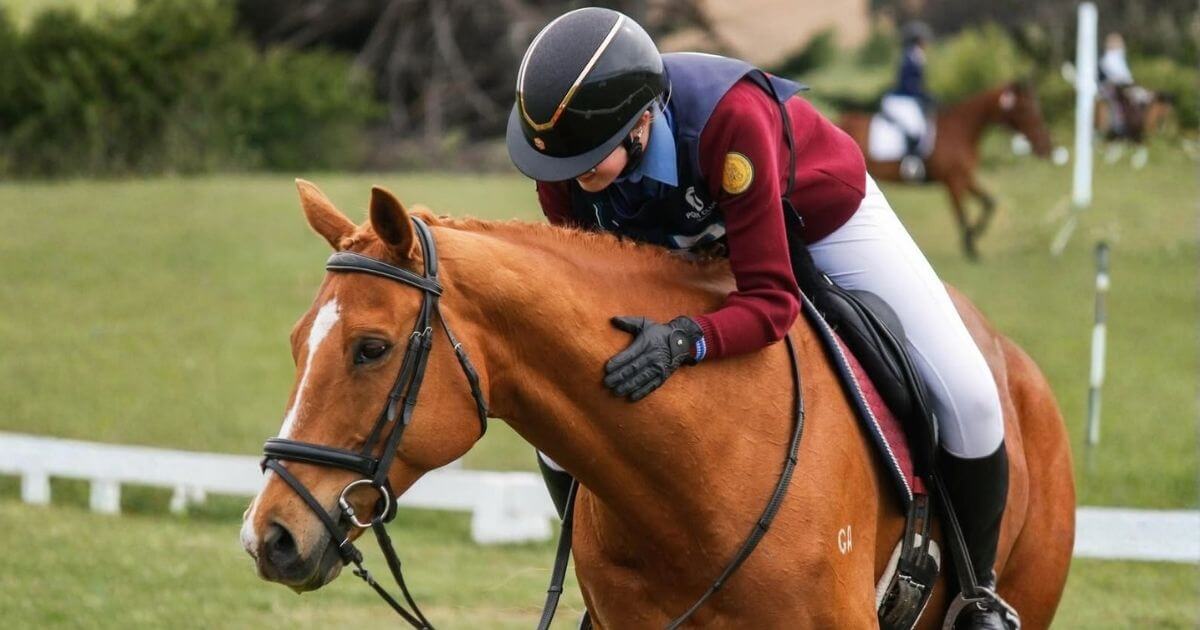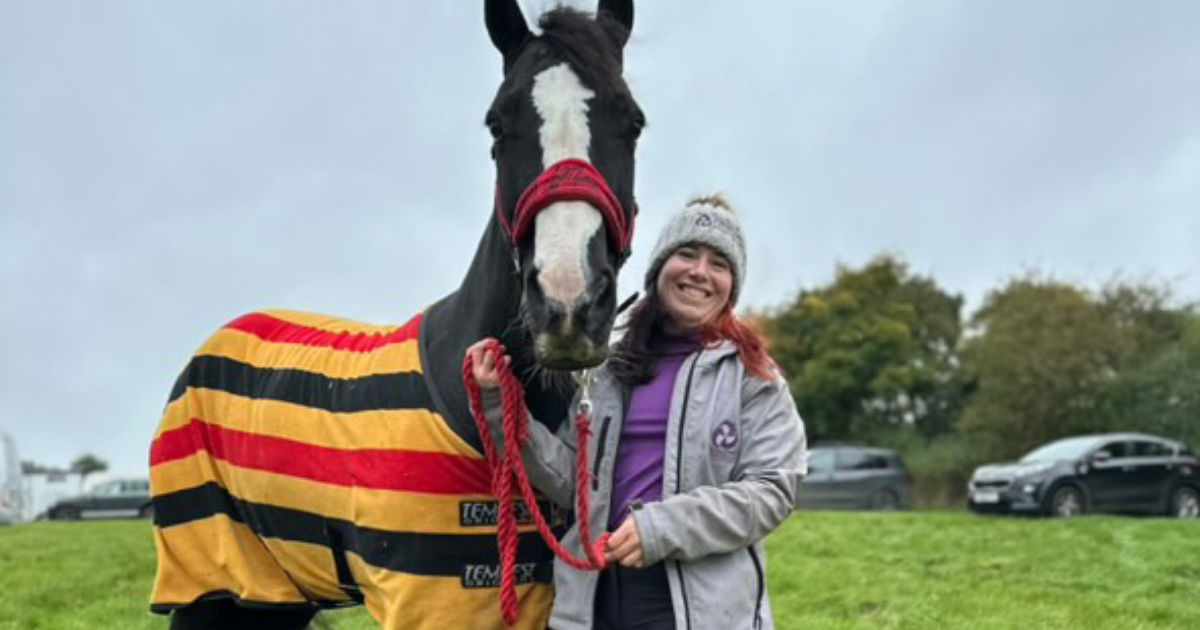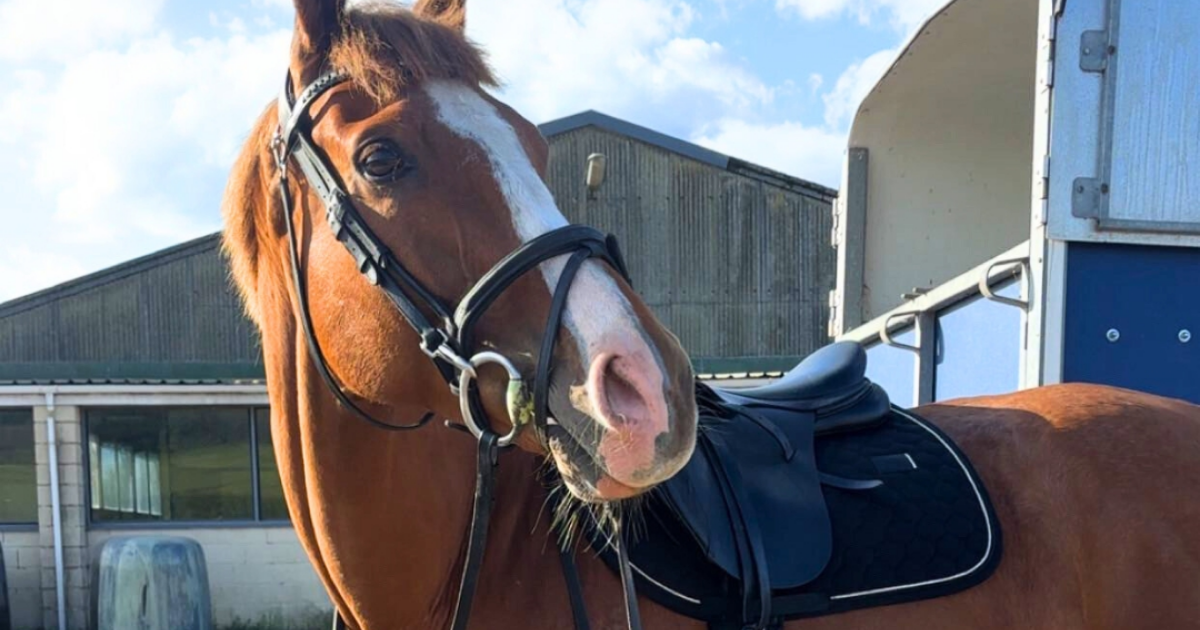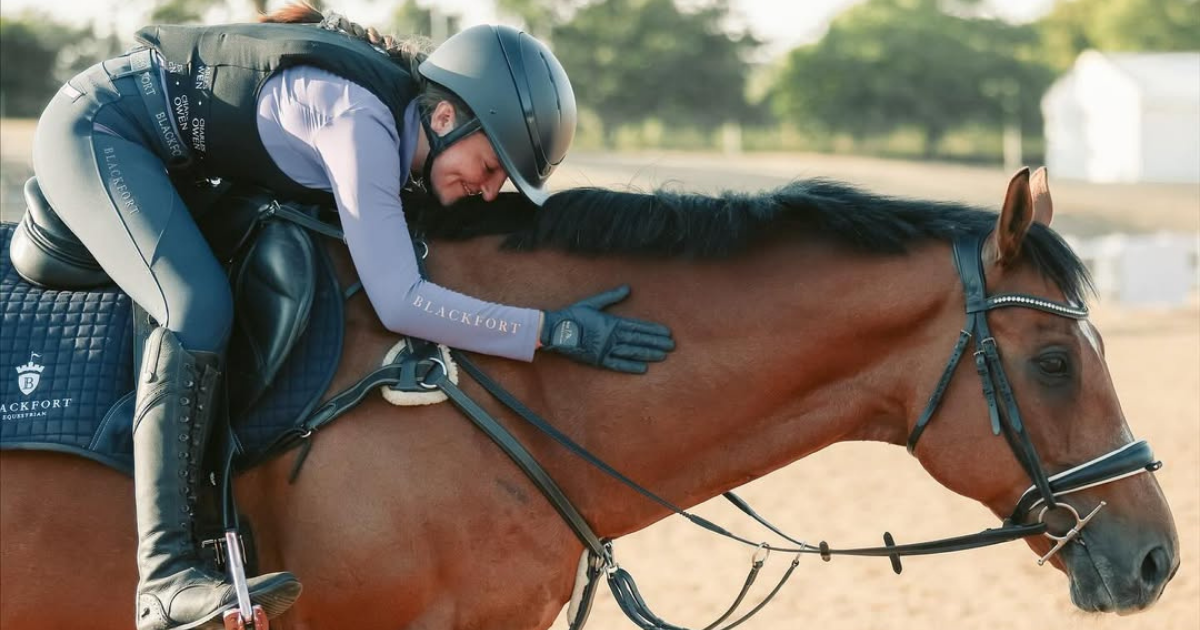Understanding Hooves: How It Can Affect Your Rides
Understanding Hooves: How It Can Affect Your Rides
Hooves are a crucial part of a horse's anatomy, providing support and protection for the animal. Understanding the structure and function of hooves is essential for proper horse care and management.

Hooves are the hard structures that cover the ends of a horse's legs. They are made up of keratin, the same protein that makes up human hair and nails. The hoof is divided into three main parts: the wall, the sole, and the frog. The wall is the outermost layer of the hoof, providing protection and support. The sole is the concave, sensitive area underneath the hoof, while the frog is the V-shaped structure located at the back of the hoof, aiding in shock absorption and traction.
Baby horse hooves are smaller and softer than adult hooves, but they are still essential for the young animal's mobility and protection. Foals must have healthy hooves from a young age, as any issues with hoof development can lead to long-term problems. Regular trimming and proper nutrition are key factors in maintaining the health of baby horse hooves.
How Horse Hooves Can Affect Your Rides
When it comes to horseback riding, one of the most important factors to consider is the health and condition of your horse's hooves. A horse's hooves play a crucial role in their ability to move comfortably and efficiently, so it's essential to pay attention to their condition to ensure a smooth and enjoyable ride.
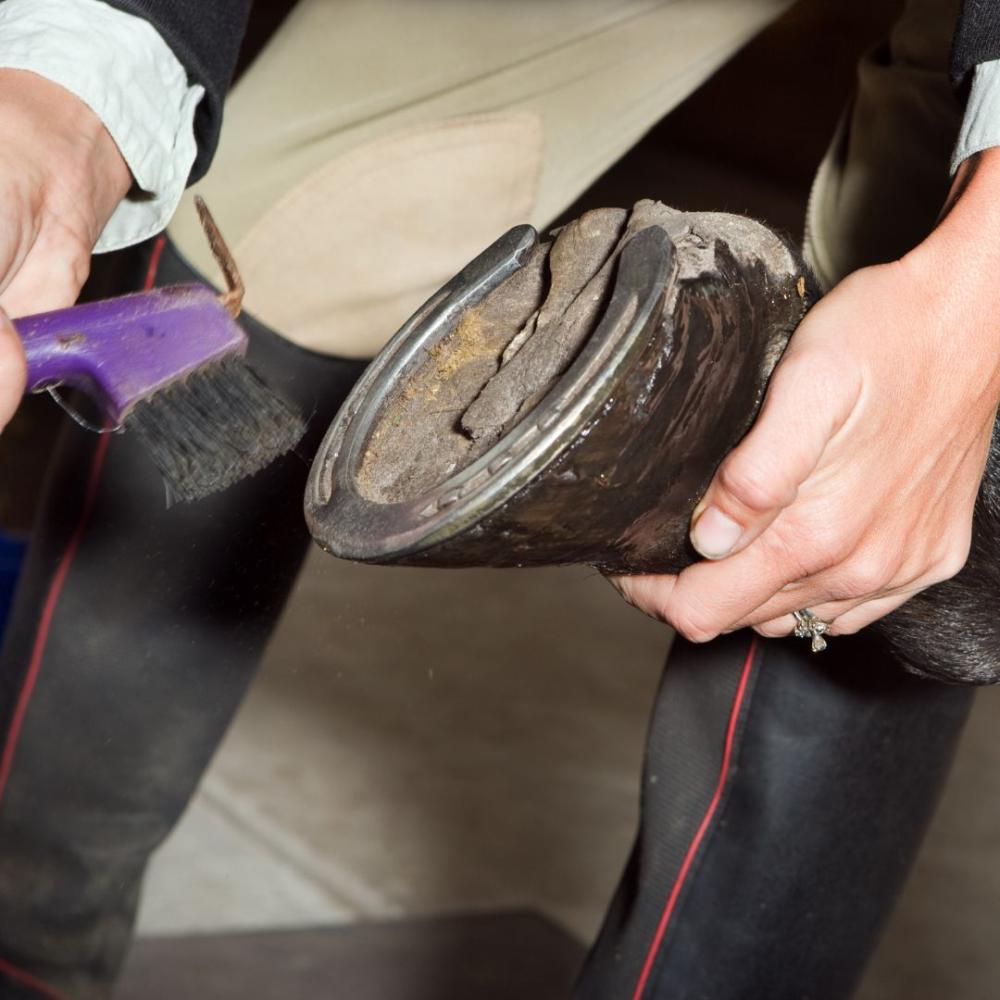
Hooves that are not properly cared for can have a significant impact on your rides. For example, if a horse's hooves are too long or uneven, it can cause discomfort and even pain for the horse, making it difficult for them to move freely. This can result in a bumpy and uncomfortable ride for the rider, as well as potential health issues for the horse.
On the other hand, hooves that are well-maintained and properly trimmed can improve the overall riding experience for both horse and rider. When a horse's hooves are in good condition, they are better able to distribute weight evenly and absorb shock, resulting in a smoother and more comfortable ride. Additionally, healthy hooves are less likely to develop issues such as cracks or infections, which can lead to lameness and other serious problems.
To ensure that your horse's hooves are in good shape, it's important to work with a qualified farrier who can regularly trim and maintain them. In addition, it's crucial to provide your horse with a balanced diet, regular exercise, and proper hoof care to keep their hooves healthy and strong. Grooming your horse regularly is important for their health and safety.
By paying attention to your horse's hooves and making sure they are well-cared for, you can help ensure that your rides are enjoyable and comfortable for both you and your horse. So next time you saddle up, take a moment to check your horse's hooves and make sure they are ready for a smooth ride.
How Do Wild Horses Trim Their Hooves
In the wild, horses are constantly on the move, which naturally helps to wear down their hooves. But how exactly do wild horses keep their hooves trimmed and healthy?
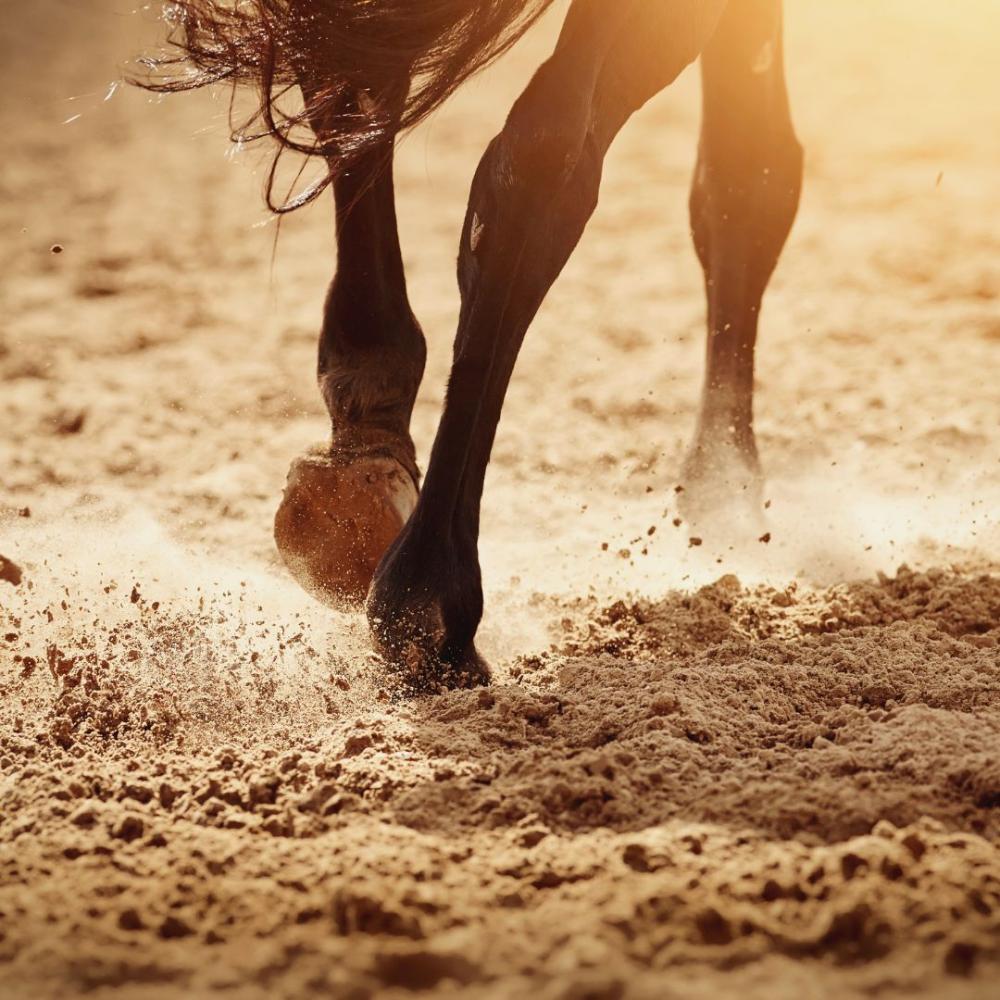
One of the main ways that wild horses maintain their hooves is through natural wear and tear. As they trot, gallop, and graze over various terrains, the friction and pressure on their hooves help to naturally wear down excess growth. This constant movement helps to prevent overgrowth and keeps the hooves at a healthy length.
In addition to natural wear, wild horses also engage in activities that help to naturally trim their hooves. For example, wild horses may scratch their hooves on rocks or hard surfaces, which can help to file down any sharp edges or overgrown areas. They may also engage in playful activities such as kicking or running, which can further wear down their hooves.
Another important factor in wild horses' hoof health is their diet. Wild horses primarily graze on grasses and other rough vegetation, which helps to naturally wear down their hooves as they chew and grind their food. This natural diet provides the essential nutrients needed for healthy hoof growth and maintenance.
Overall, wild horses have evolved to have strong, durable hooves that can withstand the rigours of their natural environment. Through a combination of natural wear and tear, physical activities, and a healthy diet, wild horses are able to keep their hooves trimmed and healthy without the need for human intervention.

